CHIYO: TEA TASTING BY ALEX AHEARN
Name of the Product: CHIYO
Type of tea: Sencha
Producer: Masashi Harashima, the third-generation tea farmer, tea ceremony master, and instructor
Location: Yame, Fukuoka Prefecture, northern Kyushu, Japan

CHIYO, a Premium Organic Sencha from from Yame.
Read About The Incredible Work Of Harashima-San Below.
In 1950, Harashima-san’s grandfather founded his family’s tea company, and he officially joined the business in 1983. Starting in 2008, Harashima-san moved towards using organic farming practices and organic fermented fertilizers (bokashi fertilizers). As growing and weather conditions change through the seasons in the mountainous village where Harashima-san and his family live, he adjusts his farming practices to ensure that the teas are of the highest quality. Harashima-san, his wife, Eri-san, and their daughter run a teashop together and incorporate tea into their food and dessert offerings.

Harashima-san and Eri-san next to their fields.
Enjoy This Tea Like Harashima-San!
Harashima san’s recommended steeping parameters.
Water: 160ml (~5.41 fl oz)
Temperature: 70°C (158°F)
Tea: 4g (1 teaspoon) tea
Brewing: 90 seconds
While opening the sealed bag, a sweet, long-lasting fragrance wafted from the bag. It smelled like fresh spring vegetables with a delicate hint of persimmon and steamed chestnut. The fragrance of the tea lingered in my nose after I smelled the dry tea leaves after taking a few short breaths in and out, and its subtle fruit and nutty notes enhanced its more pronounced vegetal characteristic. As the water in the kettle reached the perfect temperature, a small stream of steam flowed out of the spout of the kettle. I gathered a small kyusu, two cups, and a tea towel and placed them on the table in front of me. I warmed the teaware with a small amount of the warmed water. After letting the water sit, I decanted the water from the two cups and the kyusu and closed the lid of the kyusu.

CHIYO's Okumidori leaves.
I weighed the tea into a small bowl and slowly poured the dry tea leaves into the warmed kyusu. I lifted the kyusu to my nose, opened the lid slightly, and smelled the slightly warmed leaves. After taking a few short breaths in and out through my nose, the tea smelled sweeter, with a more intense vegetal characteristic, like dark leafy greens, and a subtle fruity characteristic.
I poured the warm water into the kyusu in a steady stream close to the wall of the kyusu to not agitate the leaves, and a short string of bubbles formed near the rim of the kyusu. I closed the lid and waited for the tea to steep. After 90 seconds passed, I poured the tea into the two cups, pouring from cup to cup until the last drop. This made it so that each cup of tea had a balanced flavor profile and highlighted the layered characteristics of the tea. I lifted the lid slightly, and the wet leaves smelled like lightly steamed vegetables and chestnuts.
The tea’s liquor was a vibrant medium-green hue with a subtle golden-yellow undertone. As I lifted a cup to my nose, I took a few breaths in through my nose to smell the aroma of the hot liquor. The vegetal character of the tea was present, with a subtly sweet note underneath. I took a sip, and the tea had a light to medium body with a pronounced umami characteristic that presented itself slowly as the tea moved through my mouth. There were very light floral characteristics, like white spring flowers and a hint of fresh-cut grass, when I took a breath in through my nose as I drank the tea. The finish of the tea had a lingering sweetness that balanced nicely with the stronger umami characteristic and light bitterness.

First brew!
I steeped the tea three more times, and the tea’s flavor profile changed with each subsequent steep. I followed Harashima-san’s recommended steeping parameters and decreased the steeping time to 60 seconds for the second steep. The second steep was more grassy with notes of steamed vegetables, like artichoke and asparagus, with a slightly sharper bitterness and a more pronounced umami characteristic. The tea made my mouth salivate a little more than the first steep, as the tea’s lingering sweetness balanced with its umami-rich characteristic.
For the third and fourth steeps, I decreased the steeping time to 30 seconds while still steeping the tea in 70°C (158°F) water. The third steep was more balanced with slightly more sweetness and noticeable vegetal characteristics. The fourth steep had a lighter body with subtle vegetal and floral characteristics and a light, lingering sweetness in the finish.
Following Harashima-san’s recommended steeping parameters accentuates the tea’s vibrant flavor profile and umami-rich characteristic. This tea is made with the Okumidori cultivar.

CHIYO's second brew.
Make This Tea For Any Occasion!
Ice Brew (kōridashi) Preparation:
This tea can be enjoyed using another steeping method called kōridashi. An ice cube can be placed on top of the dry tea leaves, roughly 3-4 grams (1 teaspoon), in your cup and left to melt for about 30 minutes. You may pour a very small amount (~10ml/0.33 fl. oz) of warmed water over the ice cube to start the melting process. The tea’s bitterness will be more subdued while its umami characteristics remain vibrant.
Food Pairing Recommendations:
You may enjoy this tea by itself or pair it with seared or baked white fish dishes, like haddock and cod, and lightly dressed salads or steamed vegetables and dark leafy greens, like spinach. The more pronounced umami characteristic of the tea will balance nicely with dark leafy greens and rich cheese, like goat cheese. Rich and creamy desserts, like cheesecake, can be paired with this sencha.

Harashiyama-san's teashop by the river, a perfect location for enjoying their wonderful teas.

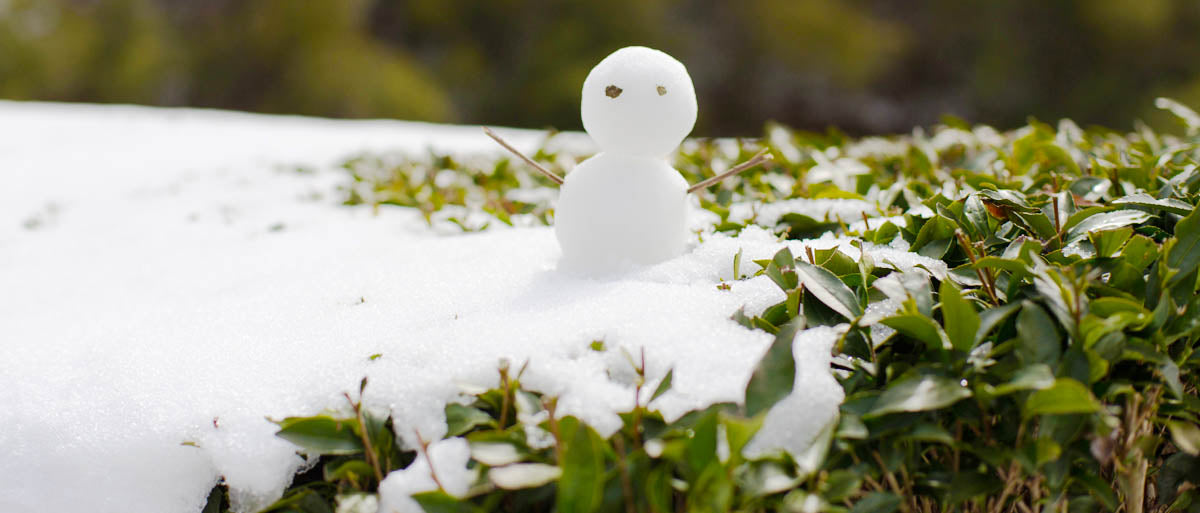

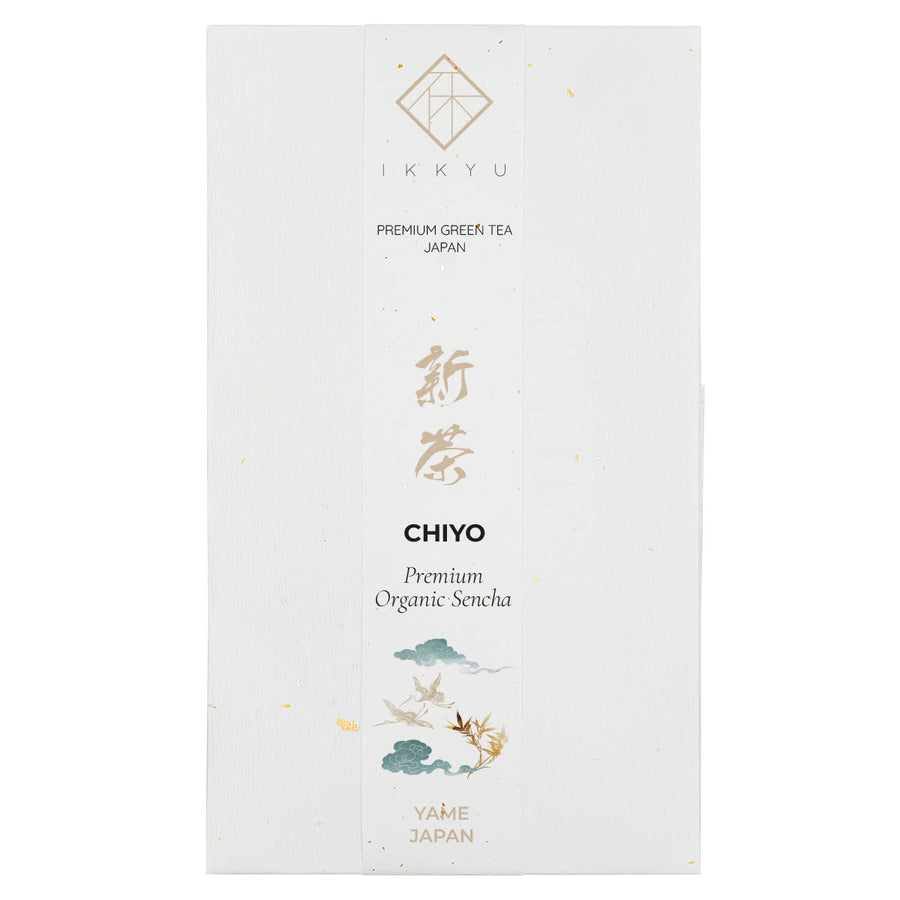
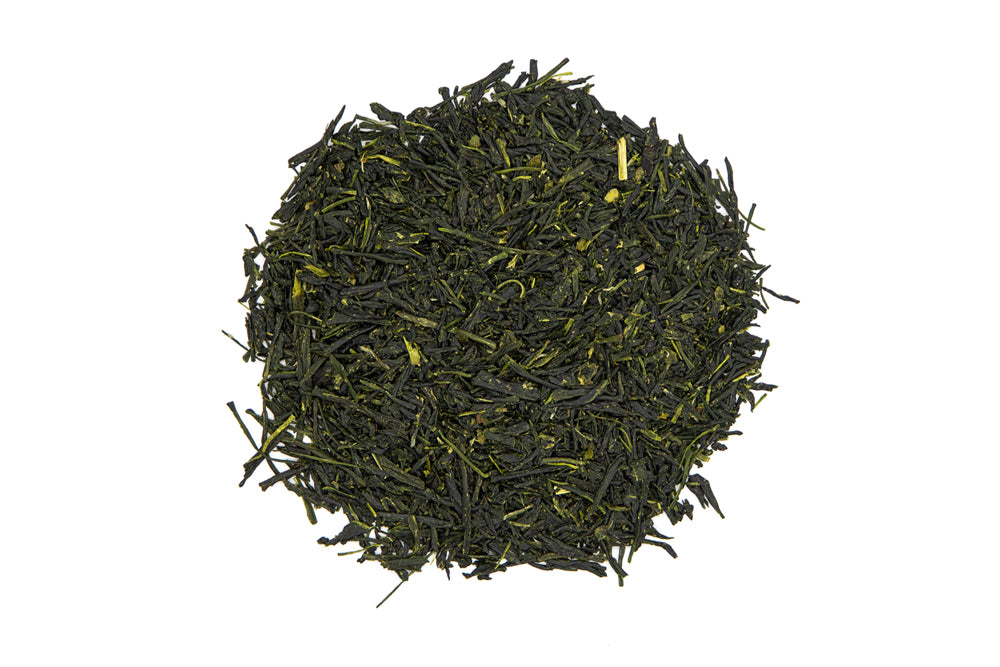
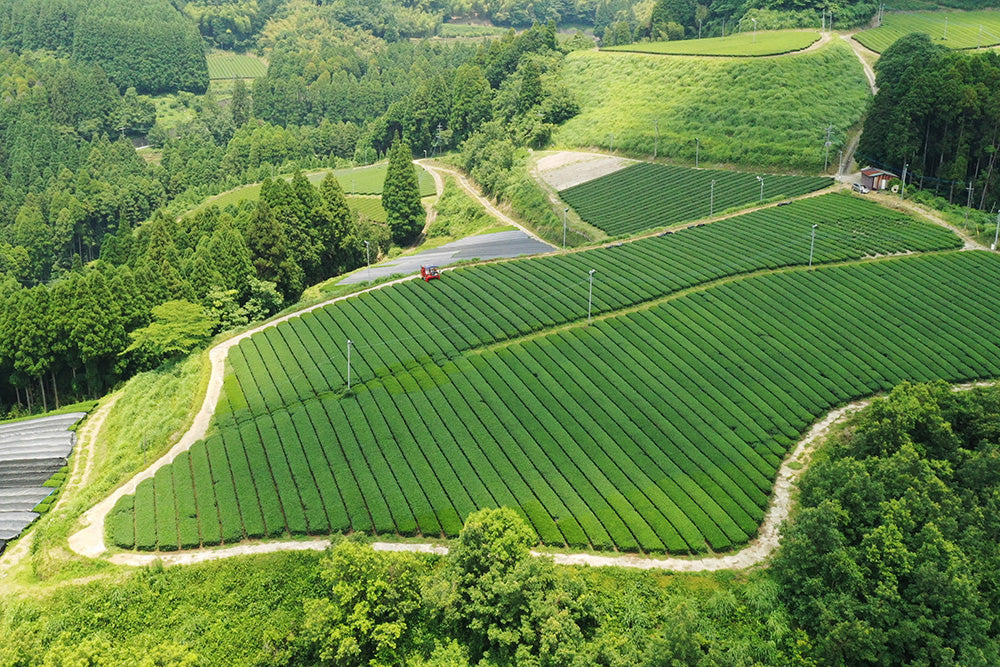
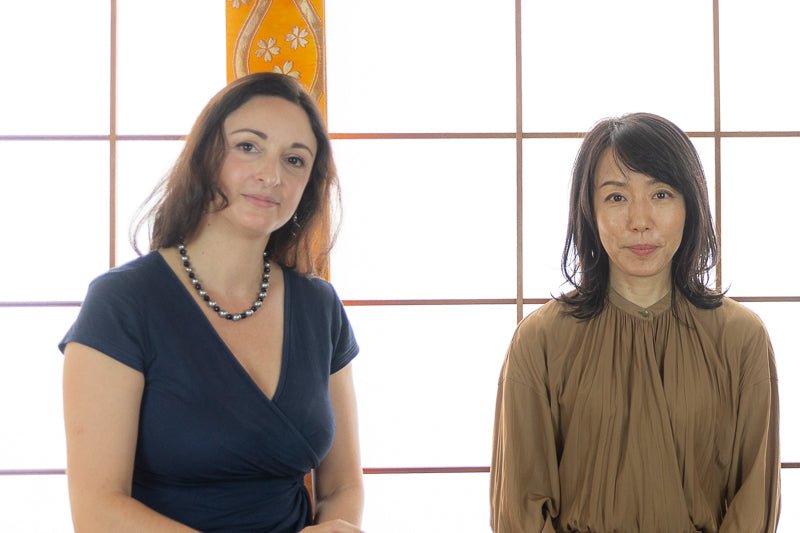
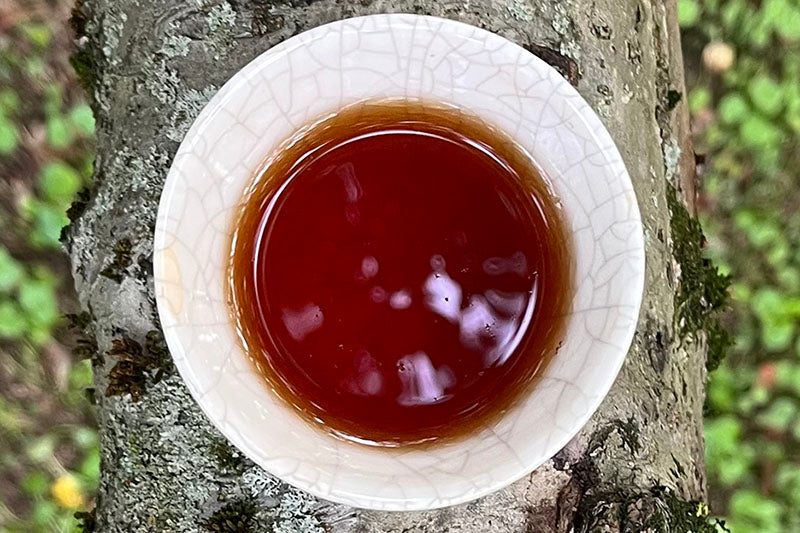
Laissez un commentaire